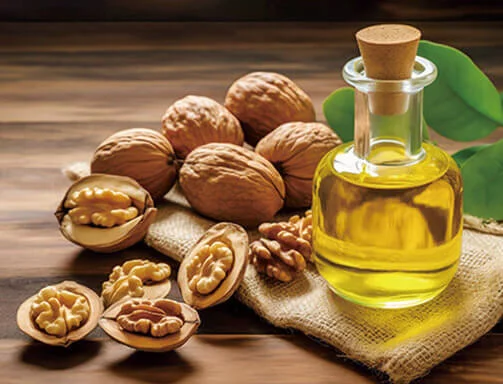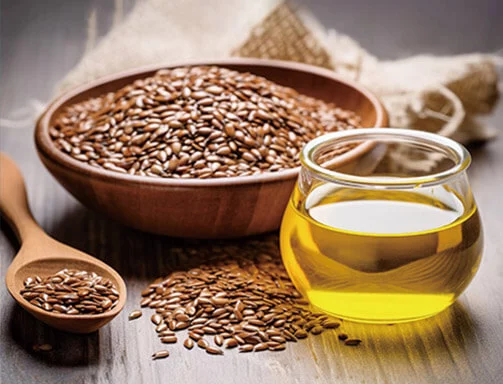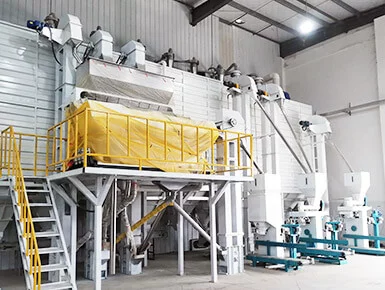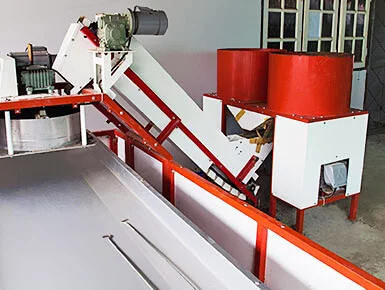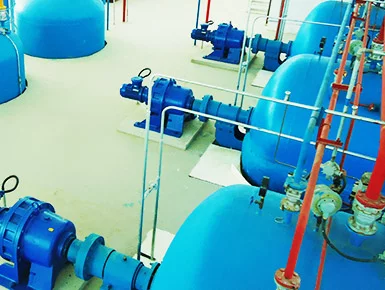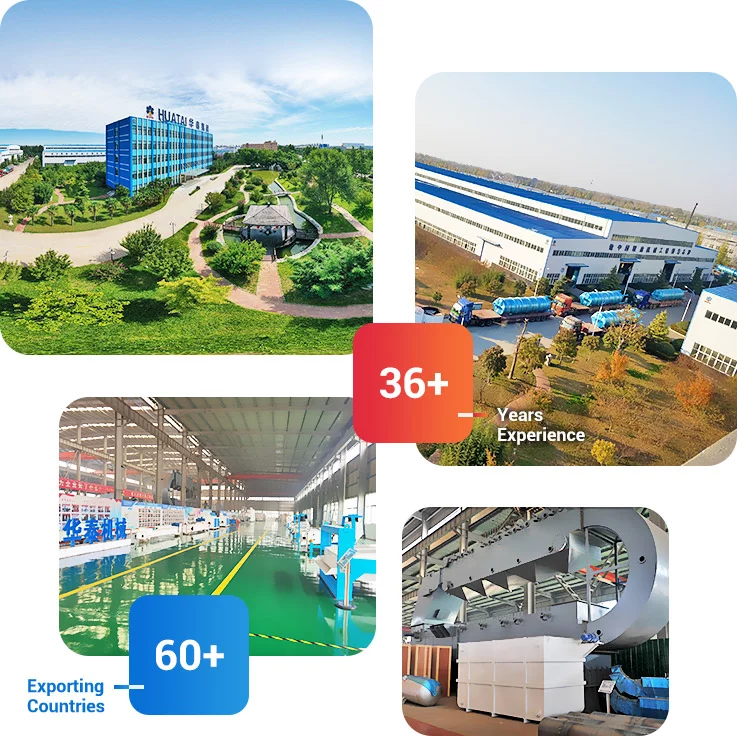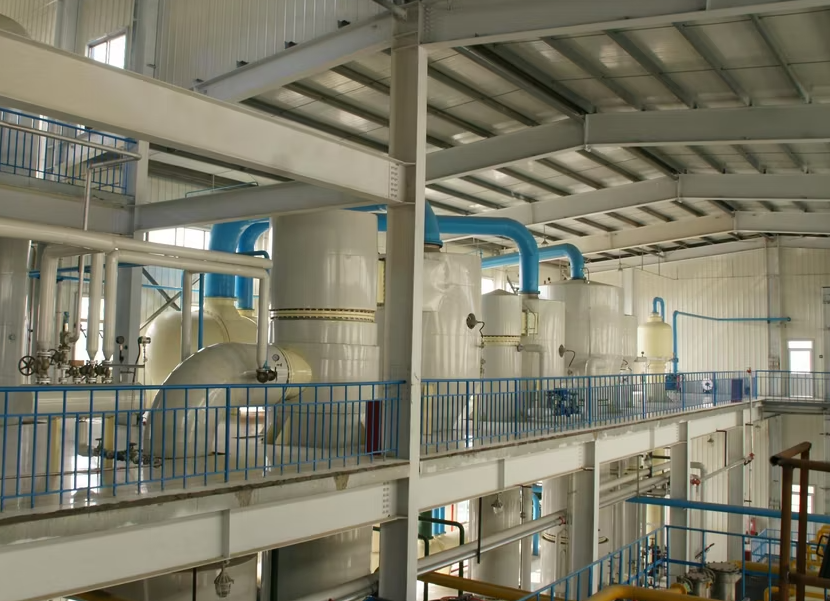
1. Types of sesame and differences in oil yield
When it comes to sesame, we usually think of black sesame and white sesame. But did you know? These two types of sesame are not only different in color, but also have subtle differences in oil yield. Black sesame has a slightly higher oil yield than white sesame because of its thicker skin and more oil content. According to statistics, the average oil yield of black sesame is about 45%-55%, while that of white sesame is about 40%-50%.
2. Sesame oil production process and oil yield
The production process of sesame oil has a crucial impact on the oil yield. The traditional pressing method extracts the oil from sesame by physical squeezing. Although this method retains the original flavor of sesame oil, the oil yield is relatively low. The modern water substitution method or solvent extraction method can better retain the nutrients of sesame oil while increasing the oil yield.
In particular, the water substitution method uses the difference in solubility between sesame oil and other ingredients in water to extract the oil from sesame almost completely through a series of complex process steps. The oil yield of sesame under this method can sometimes reach an astonishing 60% or more.
3. The relationship between sesame quality and oil yield
The quality of sesame is one of the key factors that determine its oil yield. High-quality sesame has full grains, uniform color, and no impurities. Such sesame can release oil more effectively during the pressing process. On the contrary, if the sesame is of poor quality and contains more empty shells, broken grains or impurities, its oil yield will be greatly reduced.
In addition, the storage time and storage conditions of sesame will also affect its oil yield. Long-term storage or improper storage conditions (such as high temperature and humidity) will cause the oil in sesame to oxidize and deteriorate, thereby reducing the oil yield.
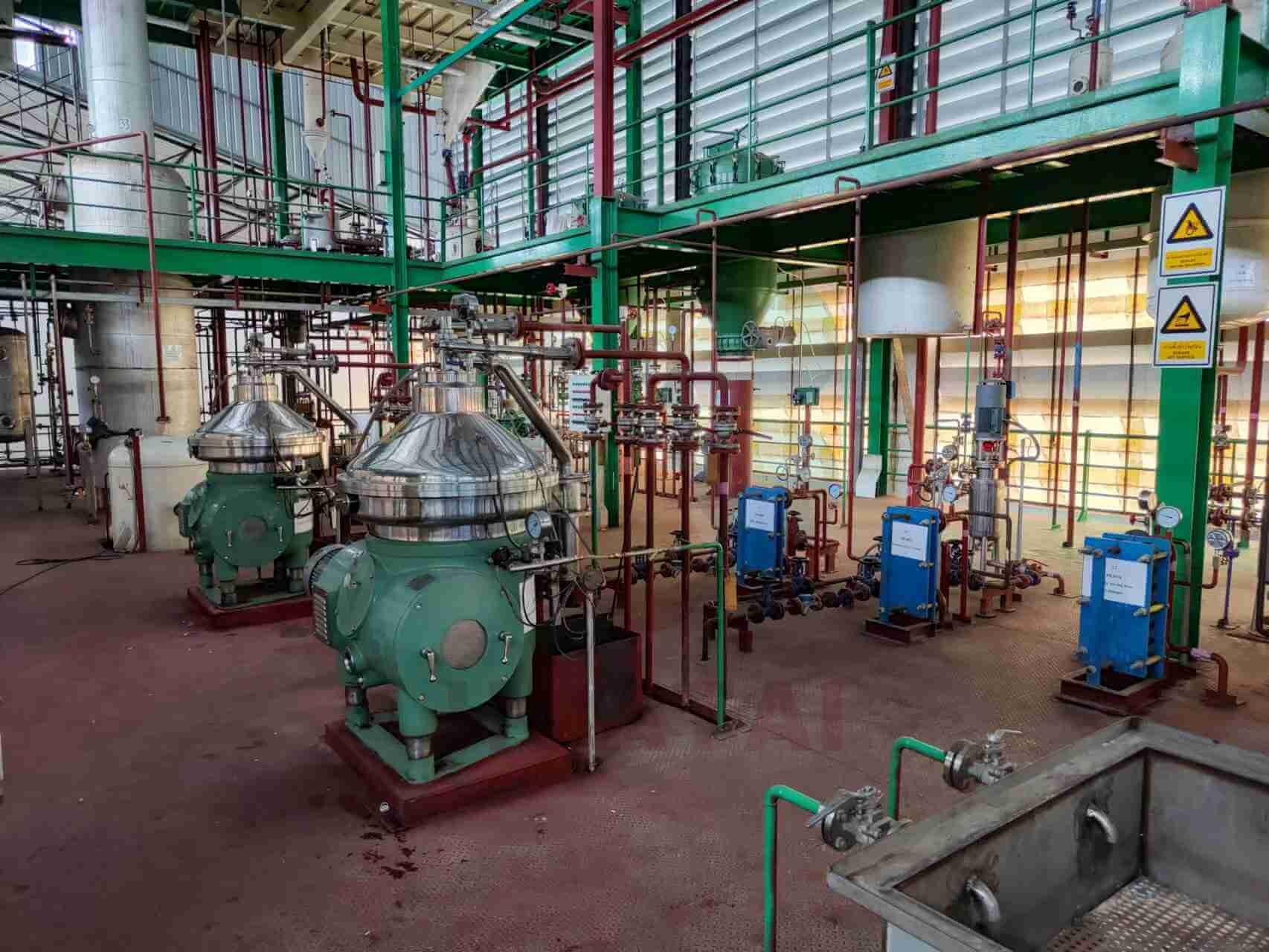
4. How to improve the oil yield of sesame?
Improving the oil yield of sesame is not only a demand for merchants to pursue economic benefits, but also a topic of concern to consumers.
How can the oil yield be improved without damaging the quality of sesame oil?
1. Selected raw materials: As mentioned earlier, high-quality sesame is the basis for improving the oil yield. Therefore, strict screening and grading of sesame seeds before pressing, and removing empty shells, broken grains and impurities are the first step to improve the oil yield.
2. Proper heating: Proper heating of sesame seeds before pressing can soften their cell walls and make it easier for oil to be squeezed out. However, it should be noted that the heating temperature should not be too high to avoid destroying the nutrients and flavor in sesame oil.
3. Optimizing the pressing process: Using modern pressing equipment and processes, such as multi-stage pressing and negative pressure pressing, can more effectively extract oil from sesame seeds. At the same time, by adjusting the pressure and temperature during the pressing process, the oil yield can also be improved to a certain extent.
4. Reasonable storage: Ensure that sesame seeds are kept in a dry, cool and ventilated environment during storage, and avoid long-term exposure to sunlight or high temperature and humidity to reduce oxidation, deterioration and loss of oil.
5. Nutritional value and consumption recommendations of sesame oil
Sesame oil is not only fragrant, but also rich in unsaturated fatty acids, vitamin E, sesamin and other nutrients. These ingredients have many benefits for human health, such as lowering cholesterol, anti-oxidation, and delaying aging.
In terms of consumption, sesame oil is suitable for a variety of cooking methods such as salad, stir-fry, and soup. However, it should be noted that due to the high content of unsaturated fatty acids in sesame oil, it is not suitable to be heated at high temperature for a long time to avoid destroying its nutrients and flavor.
Huatai Group supply all kinds of edible oil processing machine, cooking oil machinery, sesame oil pressing,
palm oil processing machine, soybean oil extraction,
crude edible oil refining, cooking oil refinery plant.
![]() Service Coverage
Service Coverage
![]() FAQ
FAQ




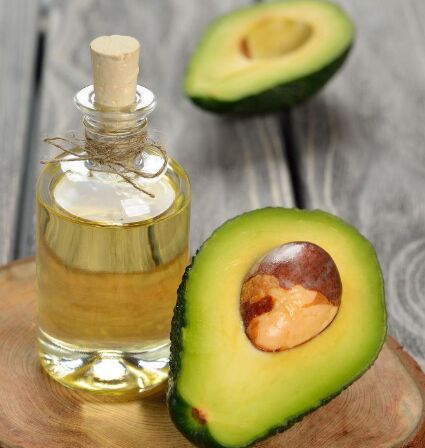
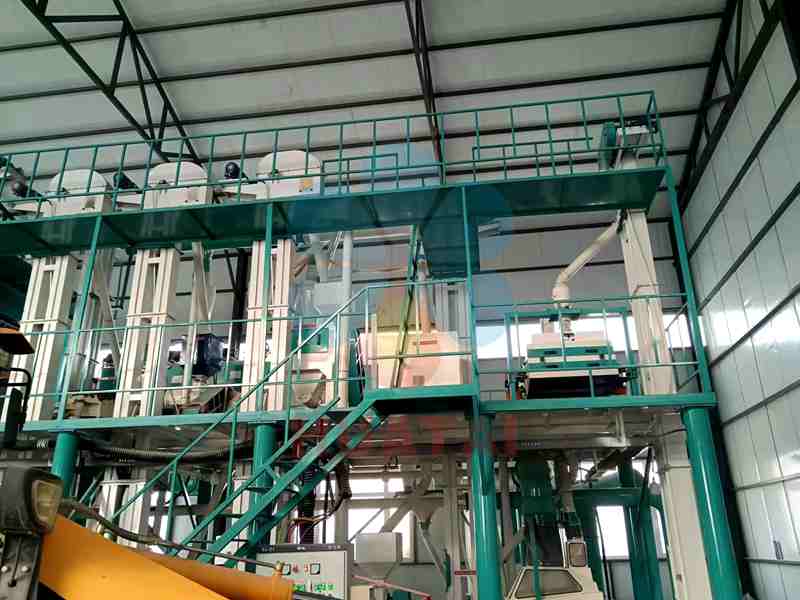
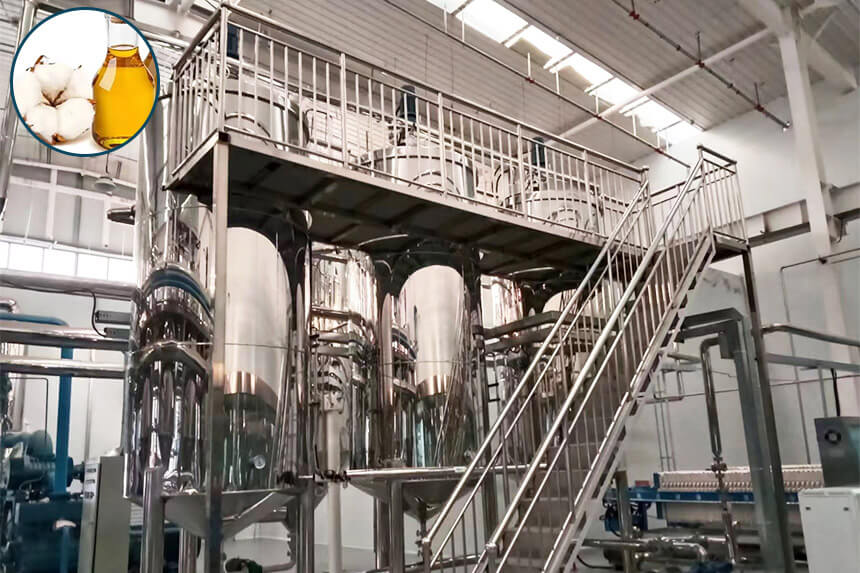
膨化机介绍-封面_副本.jpg)

